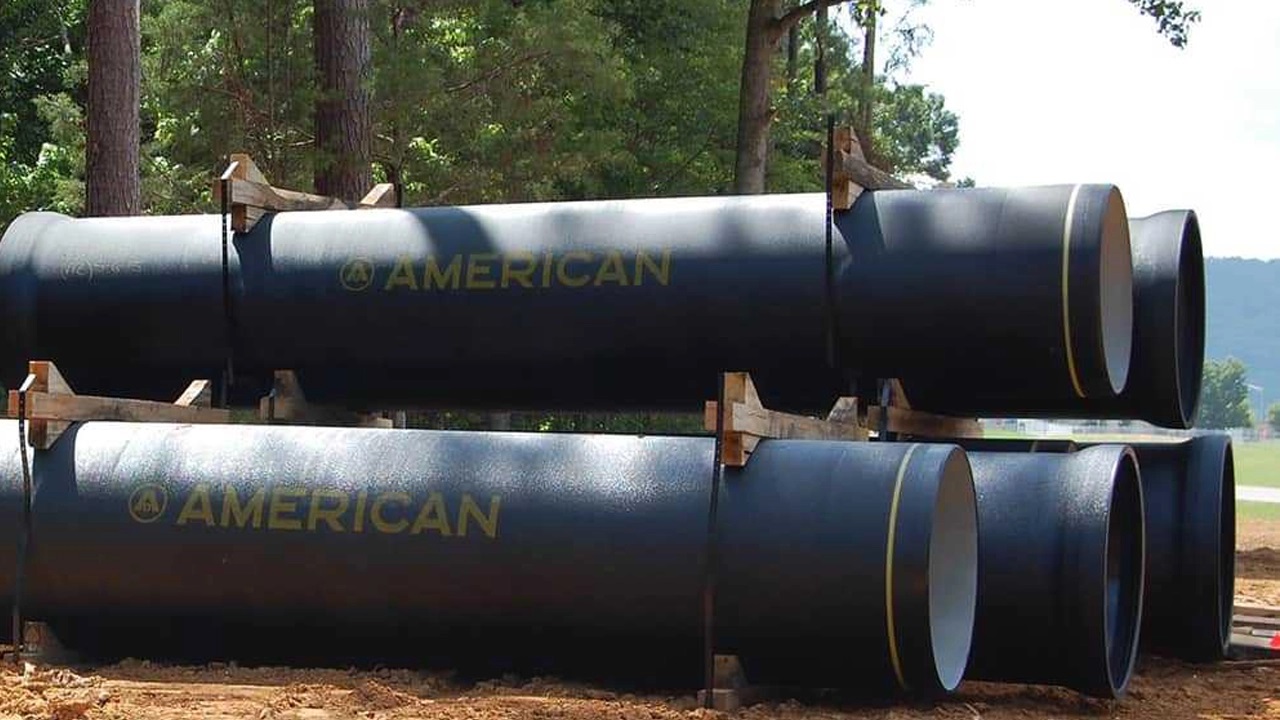The concept of standards is especially relevant within the sphere of steel pipe making because manufacturers and consumers of steel pipes expect the product to meet specific safety, quality, and performance standards. These standards are especially important in the manufacture of steel pipes, where the standards must be specific to guarantee quality production. It is important for anyone involved in selecting steel pipes, such as those by Tuspipe, as well as engineers or anybody casually asking a question about steel pipes, to get their basics from ASTM and ANSI and know the basic differences between astm vs ansi.
Explaining ASTM and Its Position in the Steel Pipe Specifications
ASTM means the American Society for Testing and Materials and is an international organization that develops and publishes standards for materials, products, systems, and services. ASTM is an organization that was formed in 1898 to develop a standard to make products better and safer and to support commerce. In the steel pipe industry, ASTM standards describe the material and manufacturing requirements, as well as testing and performance characteristics for creating dependable and safe products for specific use. ASTM standards can be found in several types of steel pipes, such as carbon steel, alloy steel, stainless steel, and others. For example, ASTM A53 and ASTM A106 are typical specifications in the steel pipe industries, and requirements in the two specifications include the allowable strength, durability, and usage of that pipe. ASTM standards are crucial for meeting the requirements as to the suitability of steel pipes for tasks ranging from transferring water through chemically aggressive media. For instance, Tuspipe uses ASTM standards to guarantee the pipes’ performance in various conditions and requirements of the industry as well as safety measures.
What ANSI Is and How It Affects Standards
Another important organization in the United States is the American National Standards Institute commonly abbreviated as ANSI, which also plays the role of coordinating standards and their accreditation. Founded in 1918, ANSI only provides recognition to other organizations like ASTM which empowers them to come up with specific technical pieces of advice. The primary function of ANSI is to make sure that the standards created by various organizations are harmonized, effective, safe, and useful to the consumers. Thus, although the specific responsibilities of ANSI might not be as assertive as those of ASTM in the case of steel pipes, it is also significant here. ANSI has a structure that enables different organizations to develop standards that conform to general quality and safety standards. In this way, ANSI supports ASTM and other bodies in their efforts to create reliable standards, facilitating a more streamlined approach to standardization across different industries. For Tuspipe and similar manufacturers, ANSI’s influence ensures that the ASTM standards they follow are recognized and compatible with a larger, nationally accepted framework.
Key Differences Between ASTM and ANSI Standards
Although ASTM and ANSI both play roles in setting and certifying standards, they differ significantly in their functions. ASTM is a specific standards-writing organization, that directly develops detailed requirements for products and materials. ANSI, however, does not develop standards itself; instead, it accredits and coordinates other organizations like ASTM to ensure their standards align with national and international quality expectations. The other difference between ASTM and ANSI is the type of standards they address. ASTM standards can be limited to detailing material and manufacturing procedures in such products as pipes and tube steel. This is a broader mandate for ANSI because it coordinates the standardization exercise across various disciplines including engineering, and technology among others. ANSI standards do not pertain solely to issues of detail with the materials to be used and the processes of construction; they cover such general concerns as quality, safety, and compatibility. The guidelines help pipe manufacturing firms such as Tuspipe and its competitors to produce their products to meet set standards to meet stipulated quality and performance levels. However, the accreditation from the ANSI, indicating that these standards meet the ASTM standards solidifies the credibility of these standards as conforming to the nation’s best practice and safety requirements.
Conclusion
This article has provided a clear distinction between ASTM and ANSI standards to help explain the basic characteristics of Tuspipe’s steel products. ASTM defines the exact standards that make it possible for each pipe to be strong, reliable, and appropriate for the intended use. While ASTM develops the standards, ANSI provides national recognition of the work, thereby approving the standards as high quality and reliable. Together, these organizations create a robust framework that guides manufacturers like Tuspipe in producing pipes that meet both specific industry needs and broader safety standards. By adhering to ASTM and ANSI standards, Tuspipe ensures that its products not only perform well in demanding applications but also align with recognized quality benchmarks, delivering reliability and safety to users across industries.



Bard
Bard a passionate designer who likes to share his knowledge with others. After founding a blog to help people understand the connection between family, car and technology, he quickly realized that he loved teaching people new things. He loves working on design projects and is always looking for ways to improve his skills.